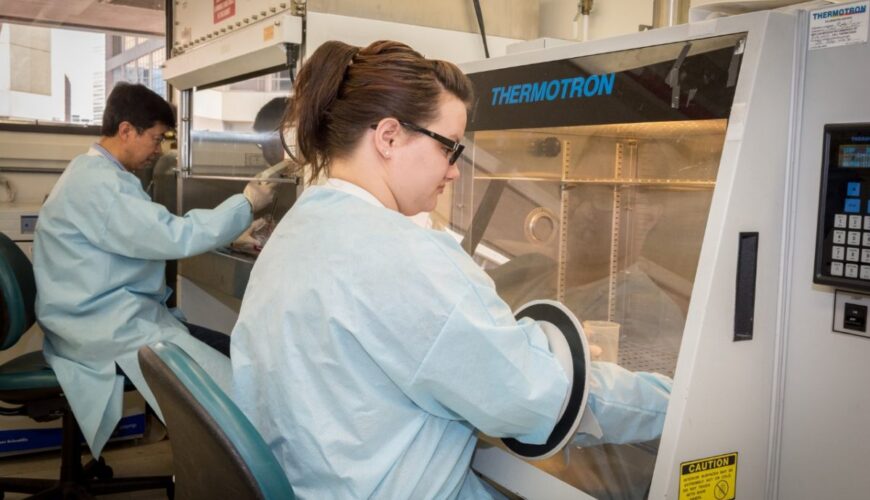Preserving Today, Sustaining Tomorrow
9:00am – 3:00pm Sun-Thu
Call us on:
+20 372 5005
- Home
- About Us
- Departments
- Animal Genetic Resources Department
- Chemical Analysis Lab
- Cytogenetics Lab
- Documentation & Information Unit
- Field Crop Genetic Resources Department
- Herbarium
- Horticultural Crops Genetic Resources Department
- In vitro Storage and Cryopreservation Lab
- Microbiology Lab
- Molecular Genetics Lab
- Seed Phytosanitary Lab
- Seed Viability Testing
- Seeds
- Faqs
- Insights
- Events
- Contacts
Recent Posts
- The National Gene Bank Welcomes a Chinese Delegation Led by the President of the National Forestry Academy of China
- The Arab Republic of Egypt Hosts the Near East Regional Preparatory Meeting for the International Treaty on Plant Genetic Resources
- National Gene Bank Welcomes Students from Ain Shams and Al-Azhar (Girls) Faculties of Agriculture
- The National Gene Bank Welcomes a Delegation from Wageningen University
- Suez Canal University Agriculture Students Visit the National Gene Bank
Have a Question?

